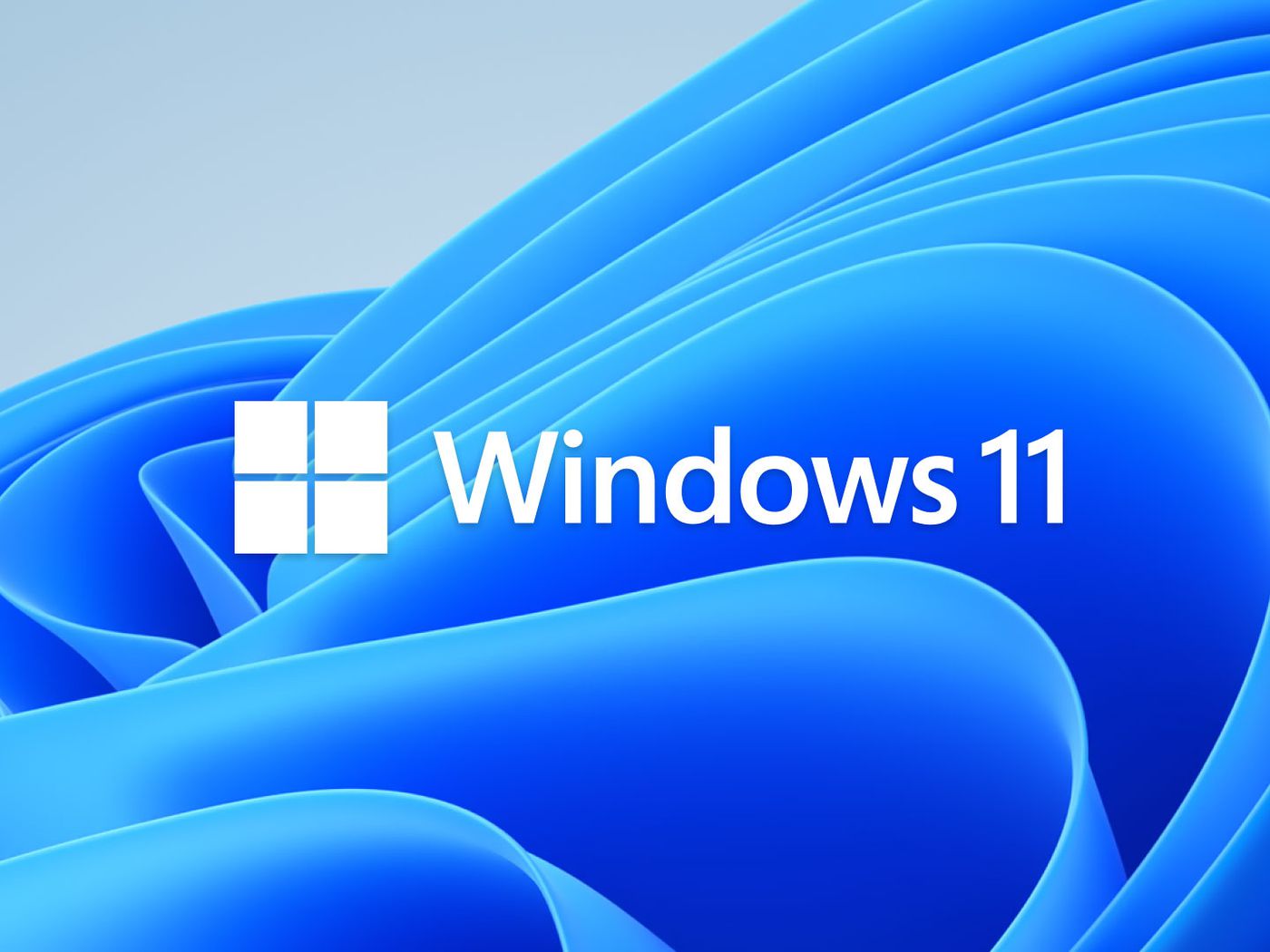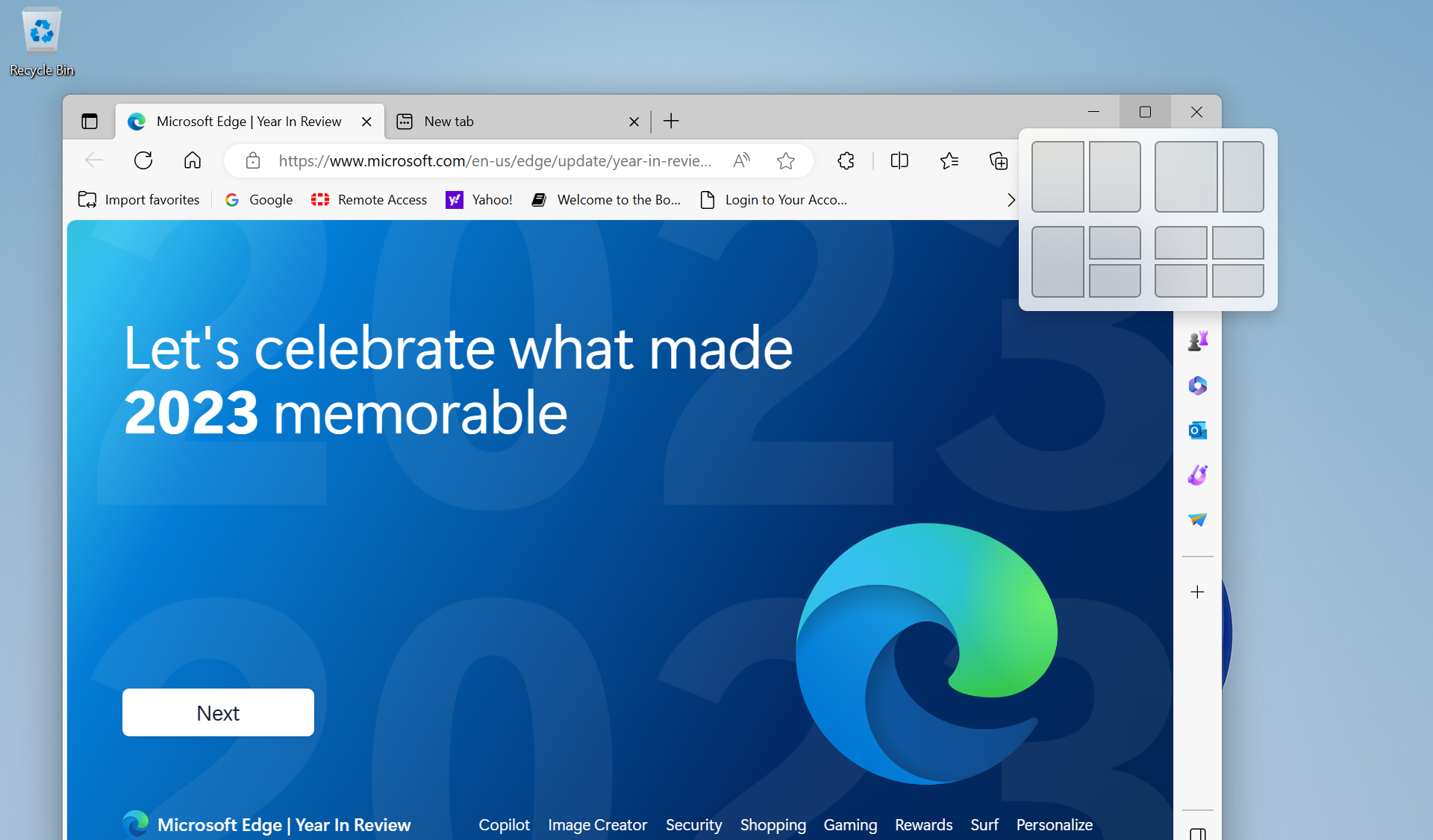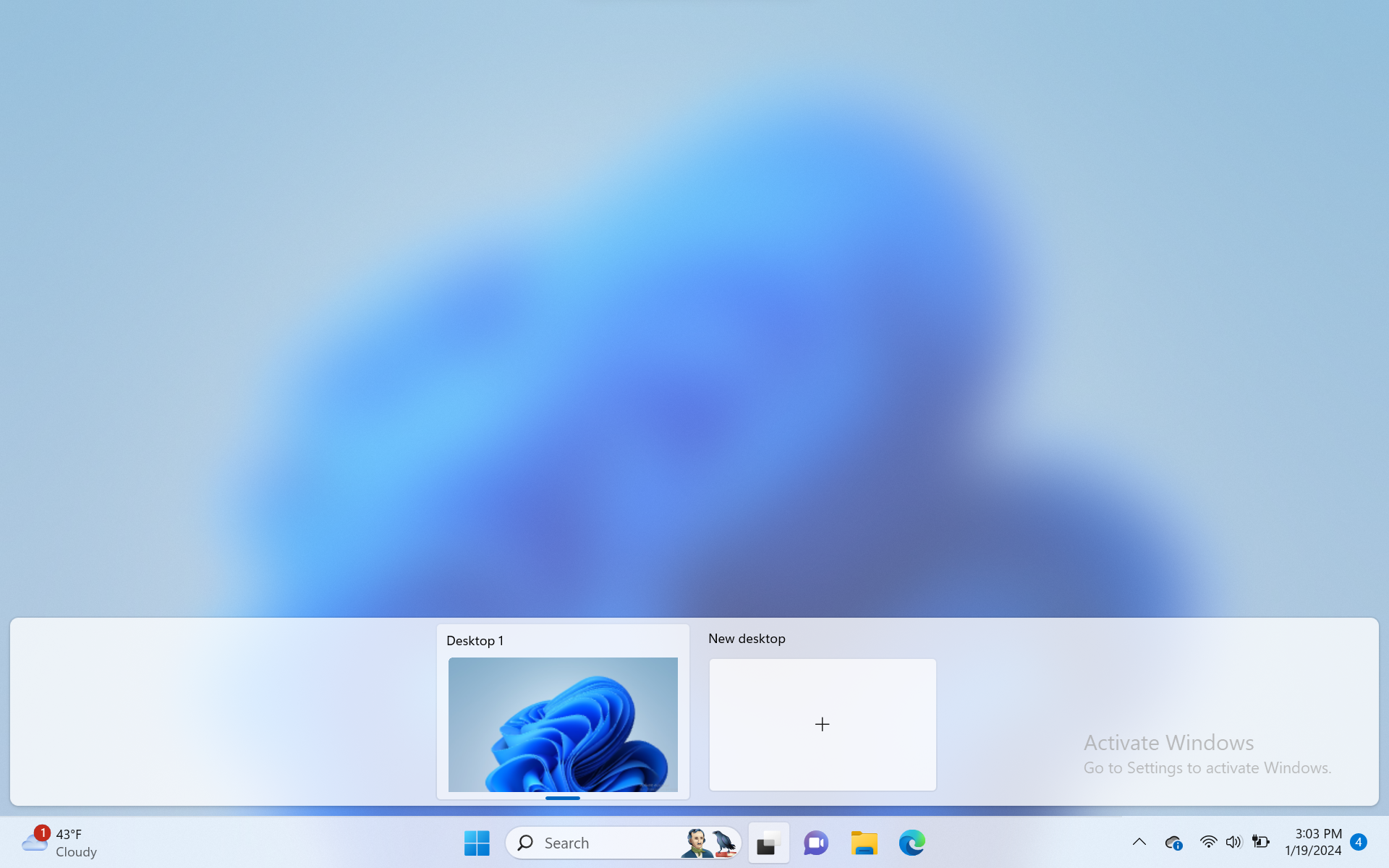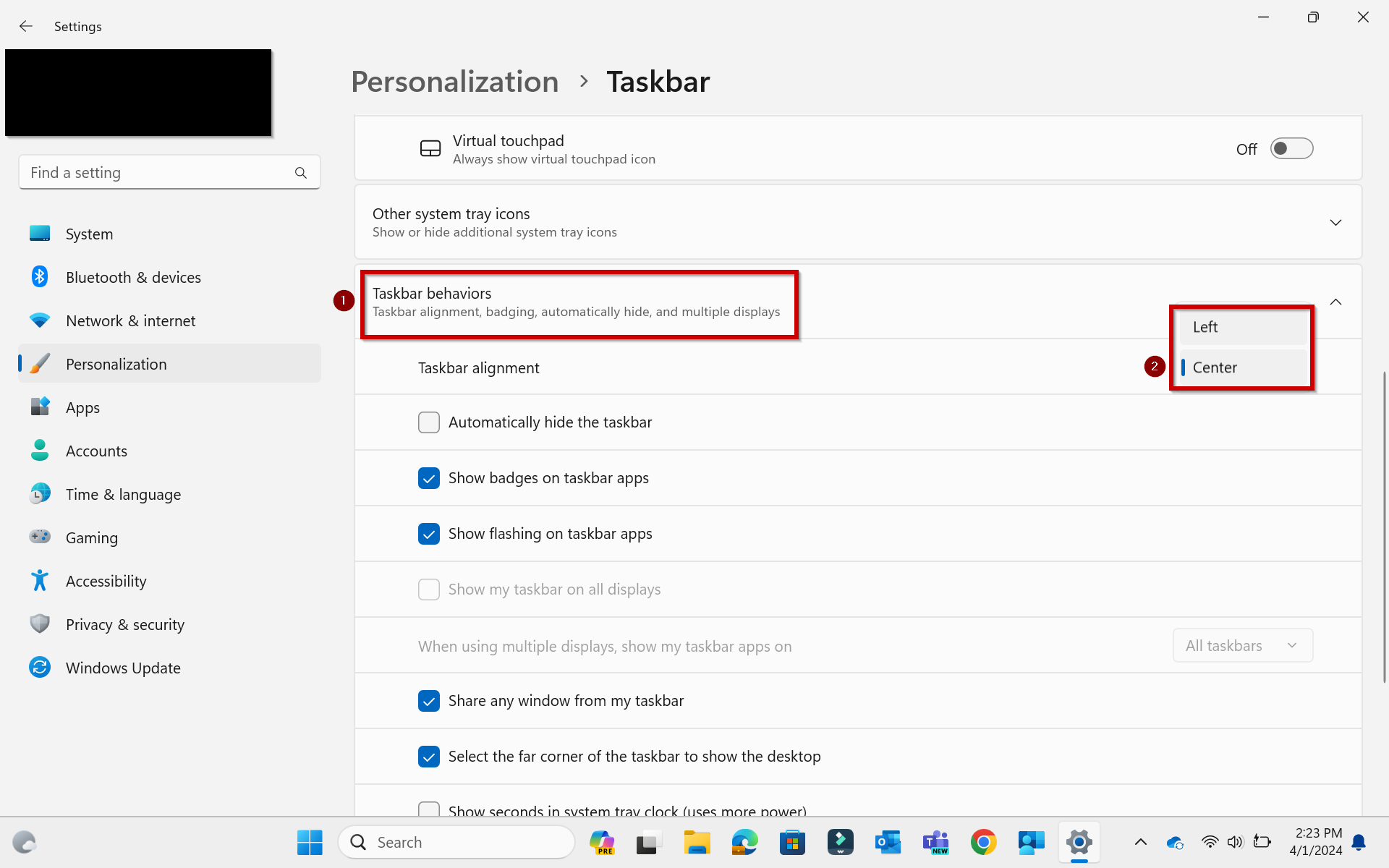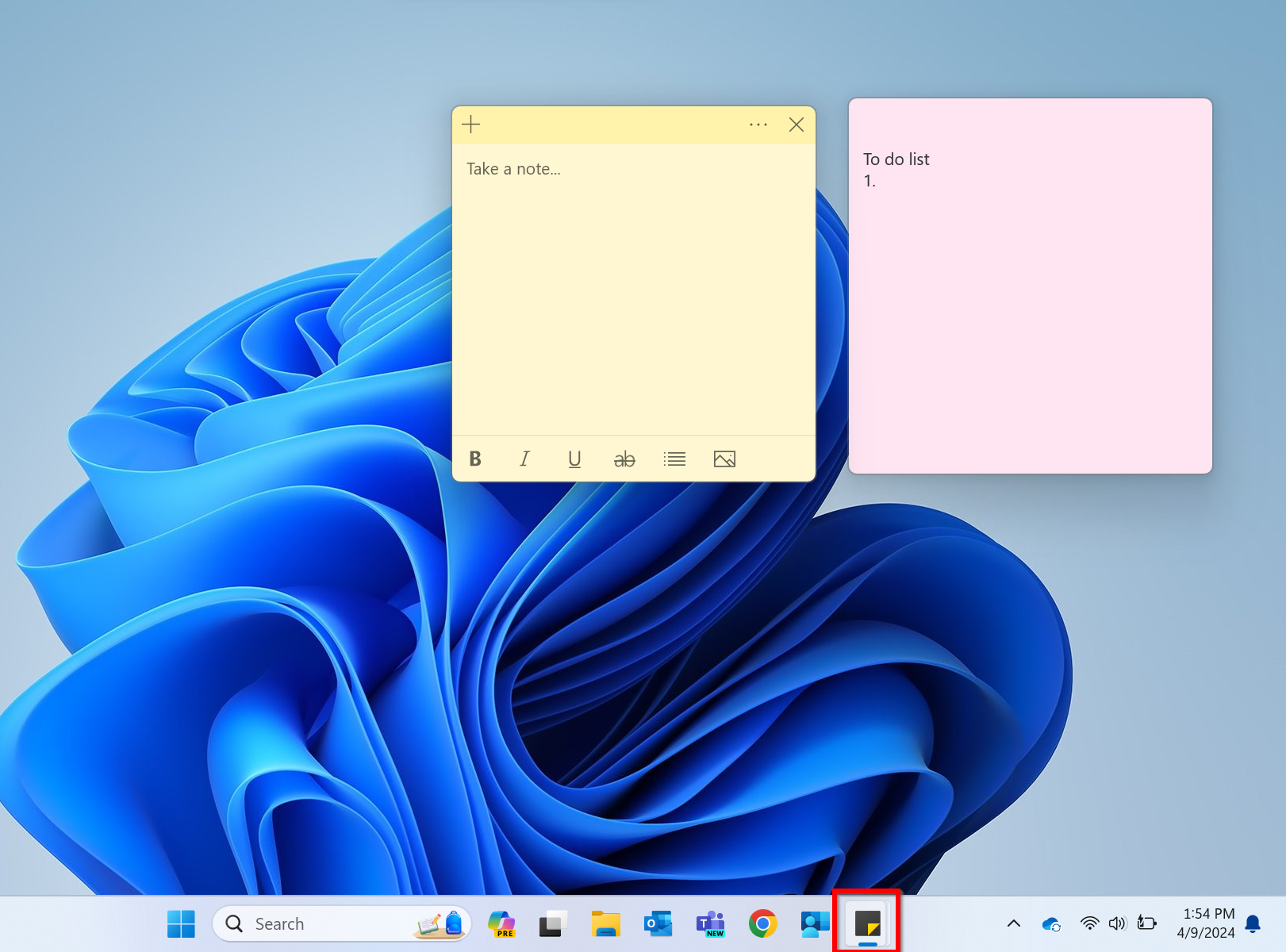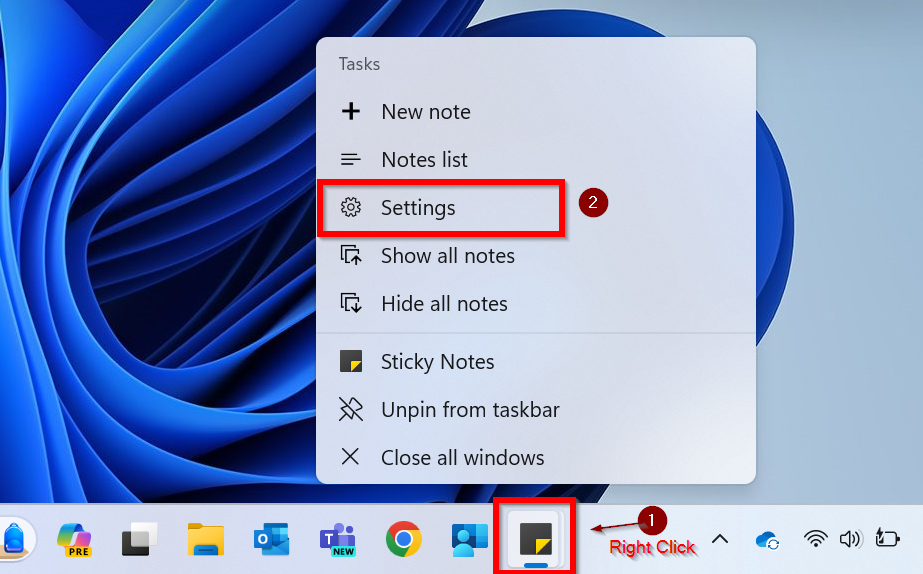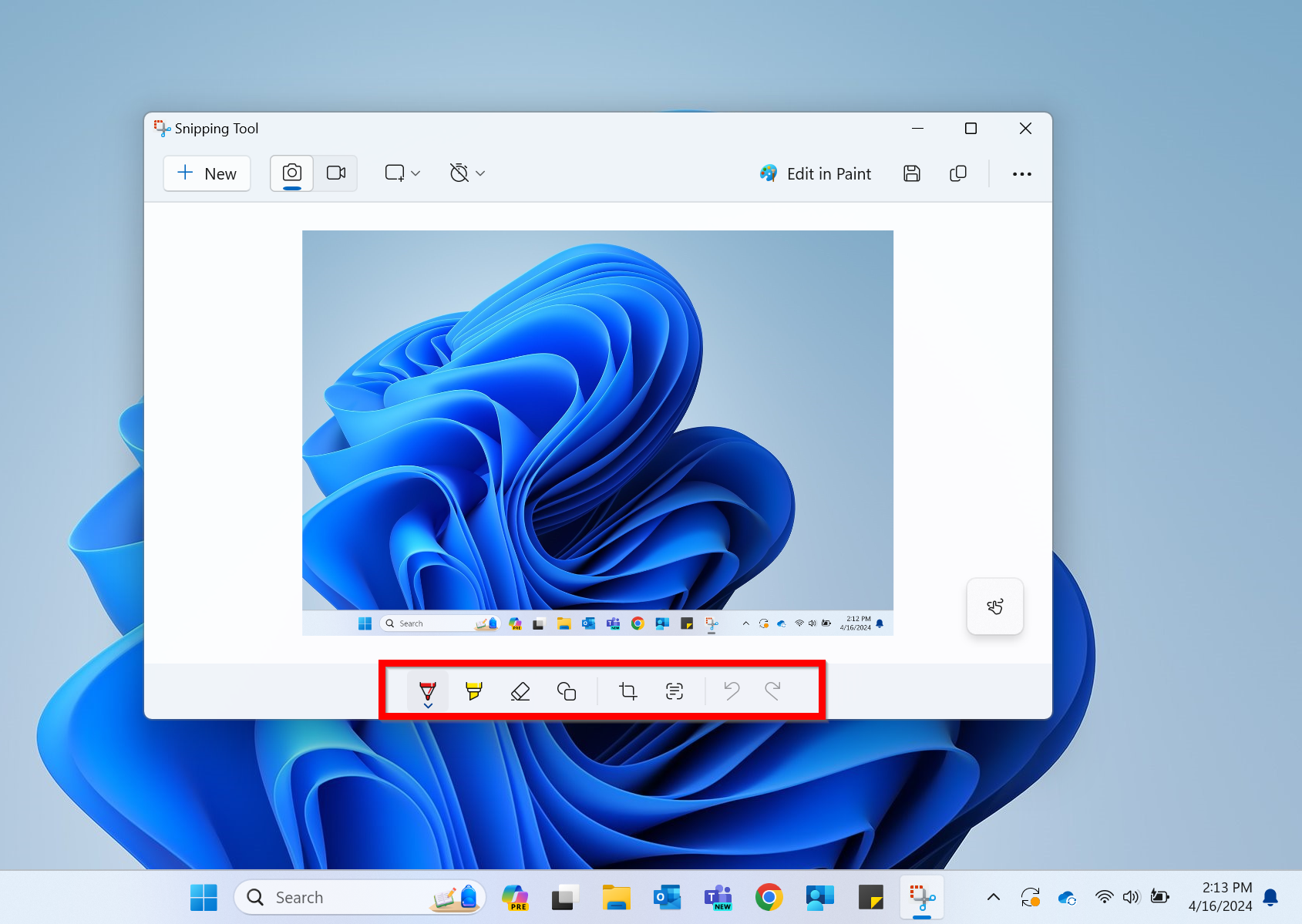Setup and Multi-Factor Authentication
Here at SPU, MFA is a requirement for your account. This is because, while it’s not a “silver bullet,” it still provides additional security and verification, such as a code sent via text message or email, or biometrics like a fingerprint or facial recognition; it helps confirm our identities when logging in.
Just because you receive a prompt or notification for approval, doesn’t mean it’s always you who is logging in. It’s still important that when you receive notifications that you check and make sure you know why you’re getting a prompt and if it’s something you expect to have happen.
Setting up MFA a.k.a. Two-Factor Authentication is a step in the right direction towards protecting yourself and those around you.
Consider turning MFA on for all email accounts, banking, social media, online shopping, and any other location where information about your identity might be stored.
We hope these tips we shared with you today help you stay safter online. Stay tuned throughout October for more ways you can stay safe in our digital world.
As a reminder, CIS will never request your password or other protected information via email.
Keeping your Computer Secure - October 14, 2024
Today we’re going to cover tips on how to keep your personal computer update to date, which is also a way to keep your data safe & secure.
Regularly Install Operating System Updates
Ensuring your device has the latest Operating System (OS) updates is important. If you’re like us, you also have a personal computer and that means you’re the person in charge of determining when and how often you update your computer. By setting your updates to install automatically, you can ensure you have the latest security patches.
Updates not only keep your device working well, but they help close security loopholes and keep you save. Click the links below to learn how to check for updates yourself and ensure you have automatic updates set up.
https://support.apple.com/guide/mac-help/keep-your-mac-up-to-date-mchlpx1065/mac
Encrypt your Computer’s Hard Drive
Encryption is one way to ensure your data is secure and that someone can’t get to your data even if they extract the hard drive from the computer. This is the case for both Windows and Mac users, but if you want to keep your personal data secure, enabling hard drive encryption is one way you can protect yourself from unauthorized access.
Watch this video about BitLocker (Microsoft’s Encryption tool) to learn more about how it works: https://youtu.be/iX8QC2pRuYM?si=5qtlfugkpzByApRu
It’s important to ensure if you turn encryption on, that you read through all the documentation and have your encryption key backed up in a secure location. Without this key, your data may be lost.
https://support.microsoft.com/en-us/windows/bitlocker-overview-44c0c61c-989d-4a69-8822-b95cd49b1bbf
https://support.apple.com/guide/mac-help/protect-data-on-your-mac-with-filevault-mh11785/mac
Keep your Software Up to Date
In addition to keeping your operating system up to date, it’s also important to ensure the software you install on your computer is also kept up to date. Often, you can do this by choosing automatic updates in the application’s menu interface, but if automatic updates aren’t available, add a quarterly reminder to your calendar or task list to check for updates.
https://www.google.com/chrome/update/
Other ways to Keep your Computer Secure
Operating systems have a variety of features that can help you keep your data safe & secure. These might be tools like Microsoft Defender, great for scanning your system for malicious software, firewall settings to prevent unwanted internet traffic and connections to your computer
Stay Protected with Windows Security
https://www.apple.com/macos/security/
https://support.apple.com/guide/security/welcome/web
Install Software from Known Vendors
It’s important to know what you’re installing on your computer and where it comes from. By default, both Mac and PC devices require installation packages to be “digitally signed” by the vendor. You can override these settings and install applications from other places, but it’s still important to properly vet your software choices, paying attention to not only if the company is reputable, but also their Terms of Use & Privacy statements.
https://support.apple.com/guide/mac-help/open-a-mac-app-from-an-unknown-developer-mh40616/mac
If you bought a Windows 11 PC in “S” Mode - which only allows apps from the Microsoft Store, you’ll need to switch out of “S” mode. Please note this is a One-way change. You can learn more at https://support.microsoft.com/en-us/windows/windows-10-and-windows-11-in-s-mode-faq-851057d6-1ee9-b9e5-c30b-93baebeebc85
Retire Old Software & Systems
We all want to save money and often we think of computers in similar terms to the way we think about cars; use it and get as much life out of it as possible before selling it. Unfortunately, this mindset can lead to insecure systems because as the device ages, it will get to a point where the company no longer supports it or creates security patches for it. All software has a life cycle and it’s important to be aware of these, so you can know when to prepare to change software versions or upgrade to a new device with the latest operating system.
One major change that we know about, is Windows 10 coming to the end of its life cycle. As noted by Microsoft on their site: https://learn.microsoft.com/en-us/lifecycle/products/windows-10-home-and-pro on October 14, 2025, there will be no further major releases or monthly patching. If you haven’t thought about upgrading your personal PC yet, now is a good time to start planning that process.
Need help with Banner or logging in to Canvas? Computer running slowly or might have a virus? CIS is here to help!
Plan Your Return to Campus
Make Sure Your Windows Computer is Ready for the School Year
If your computer has not been on the campus network or isn't connected to the Always on VPN ("SPU-AOVPN") in some time it will likely need to run several hours of updates and security patches when you connect to the campus network. Avoid this disruption by connecting to a campus VPN prior to returning or plan your schedule around updates running when you return. If your computer is not able to connect to the SPU-AOVPN, please schedule an appointment with the CIS HelpDesk to make sure your computer can connect to campus and is receiving all its security patches.
Is Your Computer Connected to SPU?
CIS works behind the scenes to make sure your SPU-issued Windows computer is updated with the latest security patches, performing optimally, and has access to the SPU Software Center. Device management is crucial in protecting and securing sensitive information, and you can do your part by making sure your SPU computer connects to our management domain.
To ensure your device is secure and connecting properly, please follow the instructions on the Software Center page to load and install an application (we recommend using this time to make sure Zoom is on the current version 5.10.7). If you are unable to load the Software Center or the installation does not succeed, please contact CIS so we can make sure this service, as well as other update services are running correctly on your computer.
For Windows 11 devices, the same can be said for Company Portal since Windows 11 does not carry Software Center. For more information on Company Portal and its use, please refer to this SPU wiki page.
Software Updates
Some software tools, such as Zoom, won't work unless you are on the current version. Make sure these tools are updated before you need them in class. If you didn't already install the latest version of Zoom from the Software Center on your computer (see above), do so now and check if other software updates are available.
Office Equipment
Gather any office equipment that you took home for the summer. Possible items may include your computer, monitor(s), docking station, cables, keyboard, mouse, printer, headset, webcam, office chair, etc. Carefully package your equipment when transporting to avoid costly damage.
Please Check Your Classrooms in Advance!
Windows 11
Since Windows 10 will no longer be supported after 2025, we have begun the transition for moving all SPU-managed devices to Windows 11. Over the summer, we successfully upgraded all classroom podium computers to Windows 11. The upgrade process for academic and lab computers will continue throughout the year, and we will keep you informed as these upgrades take effect. For faculty laptops, the CIS team will coordinate with departments to facilitate this upgrade.
For more information on Windows 11 and how to familiarize yourself with the new OS, please visit our Windows 11 training resources on the SPU Wiki.
In-Person Classes
Stop by your classroom and log in to the podium computer or try plugging in your laptop if you plan to use it for your lessons to make sure you have the right adaptors. Do a quick run-through of a presentation and test any specialized software. If you spot any problems, please contact the CIS Help Desk at 206-281-2982 or www.spu.edu/cishelpdesk.
If you need a refresher on how to operate the podium PCs or other presenting technologies in classrooms, please first refer to the recorded lesson on SPU Classroom Technology. To schedule a one-on-one training with a CIS technician, please contact the CIS HelpDesk at 206-281-2982 or www.spu.edu/cishelpdesk.
If you might need to record or stream your in-person class to support a student not able to be in the room, please test your webcam and microphone with the computer in the classroom (or be prepared to bring your laptop). If you have any questions about recording with Zoom or Panopto, sharing the recording with your class, or need a webcam and microphone please contact Educational Technology and Media at etmhelp@spu.edu for advice as soon as possible.
Please do not unplug, power off equipment, or move computer podium cables. Before leaving your classroom, please return the podium equipment exactly how you found it. |
Online Classes
If you will teach online, please ensure you have a Canvas course set up. If you are teaching synchronously, please also familiarize yourself with setting up a Zoom class and make sure Zoom is updated to the latest version. Start here for information about features available on Zoom and how to get signed up. A Zoom Licensed account should be used for any class instruction. This will allow you to host a class over Zoom class of unlimited duration and with up to 300 participants.
CIS Staffing Shortage
Like many administrative offices, CIS continues to experience staffing shortages. The dedicated folks in CIS thank you in advance for your patience as we churn through your support requests at a slower pace than either of us would like.
Classrooms and Technology
With all podiums now upgraded to Windows 11, in addition to becoming familiar with Windows 11, there are two changes we want to highlight for using the classrooms with podiums that we want you to know.
Please note that you will now need to sign in with full SPU Email (including the "@spu.edu") as the username when signing into podiums.
All podiums will now default to extended display on classroom monitors.
When first signing into the classroom podium, the monitors are set up to Extended Display by default. This means the classroom monitors will not mirror the main screen (which has been our practice in previous years); instead, each monitor will display separate content. You can move your cursor and windows between these screens.
If you'd prefer all monitors to display the same content as the main screen, you can change the setting to Duplicate Display. For step-by-step instructions, please refer to this SPU wiki page. Please note that by changing these settings, this will remain the same for the next person using the same classroom. |
Classroom Changes and Updates
In addition to the changes made last year to classroom spaces to bring integrated hybrid features to campus, the rooms below have also been updated or are in process of being upgraded. Please read below for more information.
Peterson Hall 302
This summer, we simplified the AV system in PET302 to a laptop-only classroom. Now users can plug in their laptop to one USB-C cable that connects them to power, a mouse, keyboard, and new lightweight and flexible document camera. The document camera can be used in a standalone application on your laptop or within video conferencing software, like Teams or Zoom. You can find the document camera instructions on this wiki page.
Additionally, the TVs that were already installed in this space have been left for direct connection via an HDMI cable.
These updates along with a QR code of those doc cam instructions have been posted in the room to guide users through the changes.
Demaray Hall 356
We would also like to remind campus of our spring project to add hybrid capabilities to DH356. This room is also now laptop-only with the same new document camera that integrates into your laptop, as well as a PTZ camera and lapel microphone for conferencing or recording lectures.
This room also has a sign posted to indicate room changes and instructions on how to operate the hybrid features. Navigate to this wiki page for those instructions.
Eaton Hall 112 and OMH 109 Lecture Halls
These lecture halls are also currently in the process for hybrid classroom upgrades. These upgrades will be completed by the start of the school year.
SPU Classroom Technology Training
CIS has published various technology training videos over the past year including one co-hosted with ETM on Classroom Technology. You can find this and other recordings here.
Subjects covered specifically in the SPU Classroom Technology video are:
00:00-25:45 - review of existing technology in classrooms (computer podium, projector controls, document camera), troubleshooting potential technology issues
25:45-38:00 - recording lessons in an on-campus classroom (Panopto), hardware needed to record, recording challenges in the classroom
You are welcome to live stream from the classroom, however live streaming in classrooms is currently not supported by CIS or ETM. |
Emergency Classroom Support
Even with good preparation it is always possible that some technology will not function as expected in the classroom. It is CIS's priority to assist you in these cases.
If you run into technology problems in your classroom, call the CIS HelpDesk at 206-281-2982. We will do everything we can to provide assistance on the phone or dispatch a technician to your room as soon as possible.
Our goal is to correct technology issues before they turn into a classroom crisis. If you experience any trouble at all during a class period but can't wait for support, please be sure and let us know about it later by emailing us at help@spu.edu.
Software in Classrooms and Academic Labs
All classroom and lab computers have a broad range of software installed and configured, but please let the CIS HelpDesk know if anything is missing. Additionally, if there are any new software needs, please inform the CIS HelpDesk as soon as possible. There is often a review and testing process required for new software.
For more information on how to request new software for academic computers or how to request an update to existing software, see here.
Protecting Student Privacy
We all value our privacy and are frustrated when others are careless with the sensitive information, we entrust them with. You are entrusted with sensitive information about students and others the Seattle Pacific University community and you share in the responsibility to protect our students by complying with regulations and University policies. The Regulated Data Chart provides a simple overview of which places have the security and contractual protections to store certain types of sensitive Regulated Data. You can also learn more about campus Data Policy, Data Laws and Regulations, and Handling Confidential Data responsibly.
Using a Personal Computer for Work
Personal computers and departmentally purchased computers (unmanaged) do not have the same security and regulatory compliance protections that SPU-managed computers purchased and managed by CIS have. Personal devices or cloud resources (Google Docs, DropBox, etc.) used for work purposes are subject to eDiscovery and can be confiscated or seized if they are suspected to contain information related to a lawsuit against the institution. Protect our student's data, yourself, your property, and the University by following the Use of Personal / Un-Managed Devices for Work policy.
Use OneDrive for Cloud File Storage
Storage platforms like Dropbox and Google Drive are not compliant for sensitive or regulated University data, such as information protect by FERPA. OneDrive for Business is the contractually protected platform approved for storing sensitive documents in the cloud.
Peer-to-Peer File Sharing and Copyright Compliance
File sharing software that copies and distributes songs, movies, videos, games, and software applications without the permission of the owner is a Copyright Law violation that can subject you to criminal and civil liability. Content owners use technological means to track the file sharing of their intellectual property on the Internet. SPU is required by law to inform you if we are aware, you have violated copyright law and must provide your information to copyright owners for legal action if you do not cease illegal activity. You are responsible for the activities of your computer when connected to the campus network. See Copyright Basics and DMCA Copyright Compliance / Peer-to-Peer File Sharing for more information about copyright compliance.
Adjusting Campus Services
As part of the SPU135 initiative, we would like to remind you that CIS will be making adjustments to campus software throughout the school year to help ensure a better future. CIS representatives will work closely with department leaders to facilitate these changes and develop strategies for a smooth transition, providing the best possible support during this process.
Thank you for your cooperation as we move forward with these adjustments.
Matthew Migration
All files previously stored on Matthew should now be migrated to SharePoint or be in read-only mode for a short while until the old storage platform is retired. If you still rely on access to any files on Matthew, please contact cis-bst@spu.edu so you don’t lose access to those files.
Zoom Client Upgrade
Zoom will be deprecating older versions of the Zoom client over the next few months. To prevent disruption, we have updated academic computers and podiums with the latest version and have made the new version available in Software Center.
We recommend you ensure your computer is setup to receive automatic updates and is on the latest version of the desktop client. To check the version you have installed or to download the latest version, please take some time now to make sure your computer is ready by following the steps below:
Once signed in, select your profile photo in the top right corner.
Select Check for updates. If there are updates available, Zoom will download and install.
If you have additional questions or concerns, please reach out to the CIS HelpDesk at help@spu.edu or at 206-281-2982.
Classrooms and Labs
Demaray 356 Updates
Demaray 356 is transitioning into an integrated hybrid pilot classroom! This pilot room space will be used to test a new integrated hybrid system. Previously installed hybrid classrooms did not have an integrated PC with the system, whereas the new system being trialed has an integrated system that you can plug your laptop into.
If you’re interested in learning more about how the room works or would like to have a demo of the classroom, please reach out to CIS at help@spu.edu!
Academic PC Software
CIS is in the process of rolling out Windows 11 for all of campus! We are also collecting software requests for fiscal year 2024-2025.
For questions or concerns regarding the Windows 11 rollout and how it may impact academic lab spaces and/or classroom podium pcs, individuals can collate their requests for their department via submitting software requests form here: Software Requests ‘24-25.
If you are concerned about specific software compatibility with Windows 11, such as specialty hardware or legacy software, please complete the form linked above.
As a reminder, we encourage you to reach out the CIS HelpDesk if you have any questions or concerns at help@spu.edu.
Deployment for Windows 11 devices has begun! It has been announced that Microsoft will cease support for Windows 10 by the end of 2025, so CIS is proactively initialing our Windows 11 deployment process to stay ahead of the curve.
While Windows 11 has been available for a couple of years now, we understand that it may be new to some of you who have not yet upgraded. Our goal is to ensure a smooth and comfortable transition for all users. With this, you can find many helpful resources below!
Windows 11 Wiki Documentation
Documentation for Windows 11 is now available on the SPU Wiki as we begin processing deployments. This may serve as a valuable resource for anyone needing guidance on navigating the new system. Additionally, we have provided walkthrough videos to assist you in familiarizing yourself with Windows 11.
Microsoft Copilot
We are also going to introduce Microsoft Copilot, and encourage faculty and staff to consider leveraging this powerful AI tool within their work processes. Copilot can significantly enhance workflow efficiency, and understanding its functionality is increasingly valuable in today's AI-driven landscape. Documentation for Copilot is also accessible on the SPU Wiki for those interested in learning more.
Upgrade Checklist
To ensure a seamless transition during the deployment of updated Windows 11 devices, we've prepared a checklist for you to review before your visit to the HelpDesk. Once you've completed the checklist, there will be a link to schedule an appointment to receive your upgraded Windows 11 device. Please note that your previous laptop will be retained for one week to ensure that all data has been transferred successfully.
Faculty and Staff will be notified by the HelpDesk when to begin preparing for their device upgrades via email.
Windows 11 and Copilot Tips and Tricks
As deployment commences, we will be posting a weekly series of tips and tricks to help guide you through the transition and discover new efficient ways to enhance your work productivity. You can find the series of tips and tricks for Windows 11 and MS Copilot below:














